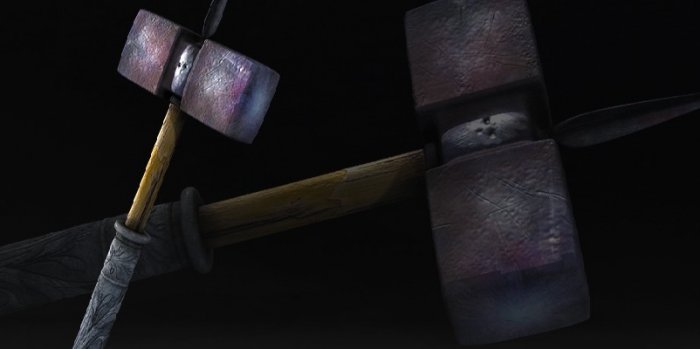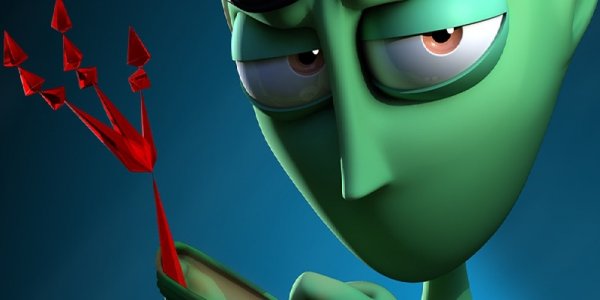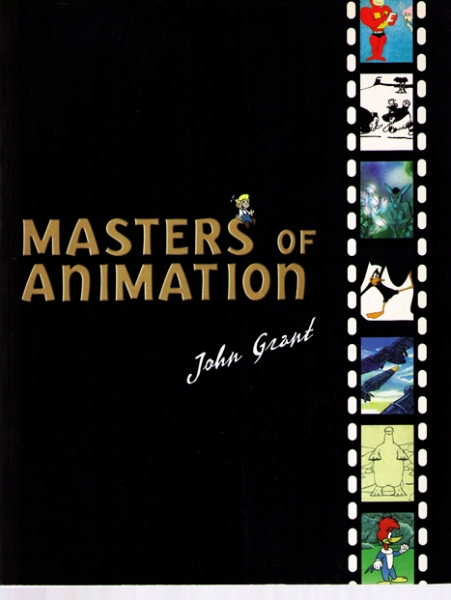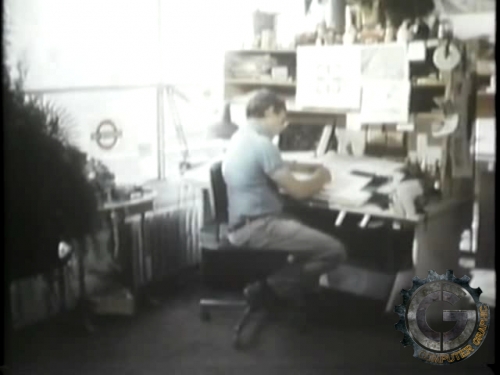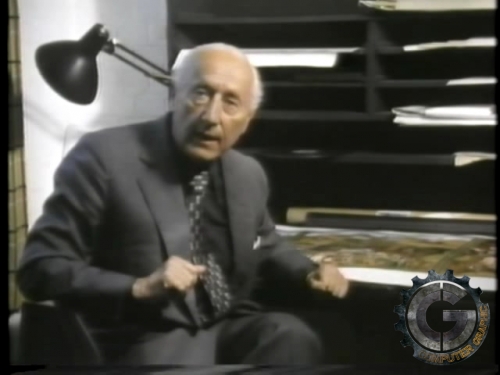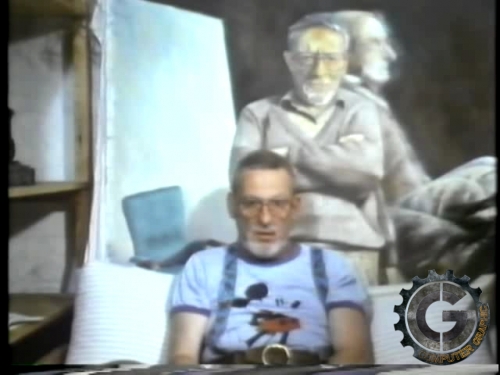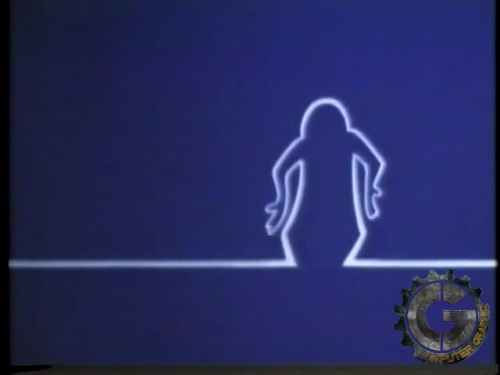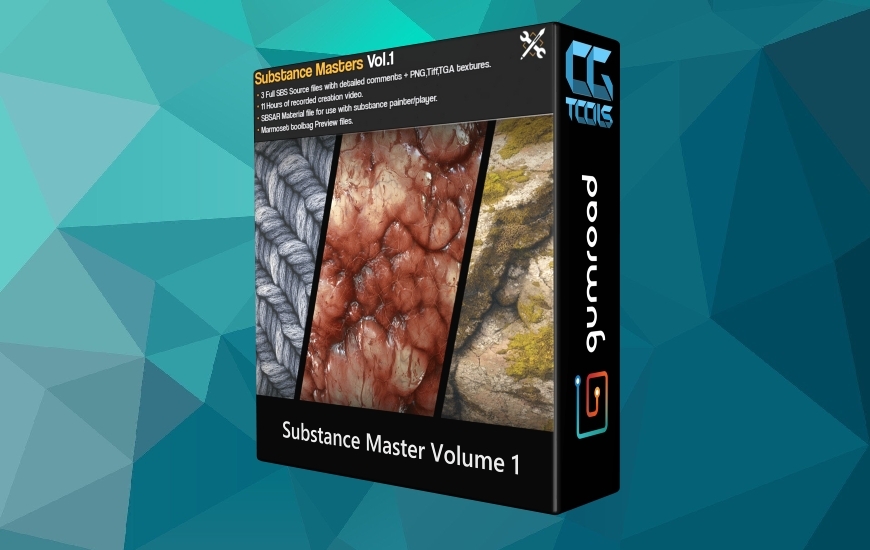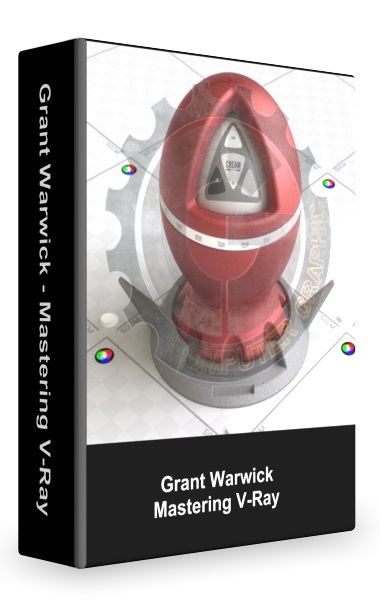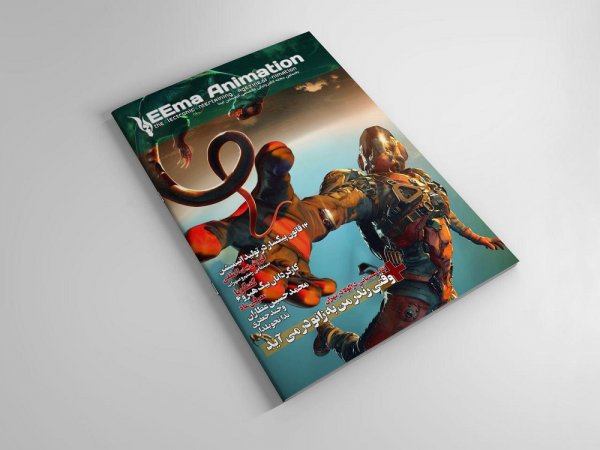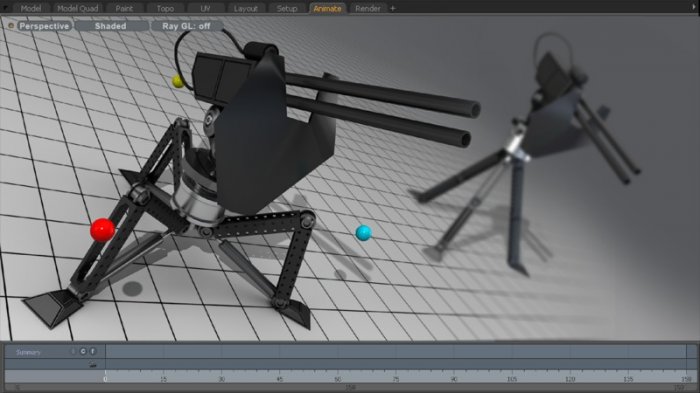Masters of AnimationbyJohn GrantA series of four programs produced anddirectedby John Halas. Over 10 years in the making, Masters ofAnimationrepresents the peak achievements of 7,000 artists from 13 countries. Produced anddirectedby John Halas, former president of the International Animated Film Association and award-winning animator, the series provides an opportunity to experience the exciting diversity of the world's leadinganimationartists. In addition, viewers are treated to examples of state of the artanimationtechnology.Volume 1: USA and CanadaUSA:By the 1920sanimationwas firmly established in theUnited States. In this program suchanimationgreats as Chuck Jones, Barrie Nelson and Leo Salkin discuss their work. Excerpts from the work of Walt Disney, the Hubleys, Will Vinton, Bob Blechman, Joanna Priestley and others make this a lively and well-rounded program.CANADA:TheNational Film Board of CanadaThe NFBC is internationally known for its outstanding work inanimation, Norman McLaren, Caroline leaf and Don Arioli discuss their work for the NFBC, and we see examples of their work as well as that of Eugene Fedorenko, Derek Lamb, Zlatko Grgic, Co Hoedman, Geoffrey Hale and Ishu Patel.The CBC-Radio Canada/Canadian Independent AnimatorsAnimationin Canada has achieved an international reputation for technical excellence and artistic content. This program presents outstanding examples of work by the CBC-Radio Canada as well as that of independent animators. Artists presented include Frederic Back, Graeme Ross, Andre Theroux, Al Sens,PhilippeBergeron, and others.Volume 2: Great Britain, Italy, FranceGREAT BRITAIN:Within the European community Great Britain played a leading role in establishinganimationas sophisticated entertainment. Interviews with John Halas, Joy Batchelor, and John Coates combine with works by Dunning, Godfrey, Grgic, and others to present the best of Britishanimation.ITALY:The humor and artistry of Italiananimationhave their origins in the Renaissance. Emanuele Luzzati and Giulio Gianini discuss their films, while excerpts from the work of Manfredi, Cavandoli, Manuli, Lagana and Bozzetto round out this overview.FRANCE:France was a leader in the development of animated pictures. Today, French animators use a wide variety of styles and techniques. Works by Grimault, Alexeieff, Parker, Foldes, Lenica, Laguionie and the Gaumont Studios illustrate this variety.Volume 3: USSR, Yugoslavia, Poland, HungaryUSSR:With some 25 studios spread over its territory, the USSR has a long tradition of animated filmmaking. The work of such artists as Evanov-Vano, Atamanov, Vinokurov, Shvartzman, Kurchevsky, and Norstein exhibits a remarkable variety of animated styles.YUGOSLAVIA:In the past few decades, Zagreb Film has become one of the most active centers of Europeananimation. Interviews with Vokotic, Stalter, Dragic and Dovnikovic and works by Majdak and Gasparovic illustrate the diversity of Yugoslaviananimation.POLAND:In Poland animated programs are popular for all ages. Works by Giersz, Kijowicz, Kucia, Dumala and Szczechura illustrate the skill and humor with which Polish artists carry out their themes.HUNGARY:The widely diverse styles of Hungariananimationartists have produced many animated feature films. These works are represented by Macskassy, Dargay, Nepp, Varga, Rofusz, Reisenbuchler, Jankovics and Gemes.Volume 4: Japan, ComputerAnimationParts I + IIJAPAN:Noted for producing most of the world's animated programs for children, Japan is also home to independent animators with widely varying styles. Works by Kinoshita, Tsukioka, Yusaki, Dawamoto, Tezuka and Kuri illustrate this diversity.COMPUTERANIMATIONPART I:This program takes the viewer inside the studios of the Institute National de l'Audiovisuel in Paris to show how computeranimationis achieved. The medium is illustrated in works by, among others, Hourcade, Borenstein, Abel, Roberts, Whitney, Demos, Csuri, Rosendahl, Halas, and Donner.COMPUTERANIMATIONPART II:Computeranimationtechnology is opening up new horizons in space research, medicine, the entertainment industry, architecture, advertising, and the arts. Works by such international experts as Rosendahl, Toyolinks Corporation, Sogitec Audiovisuel, Lodge-Cheesman, Nakamae and Makajima illustrate these applications.





